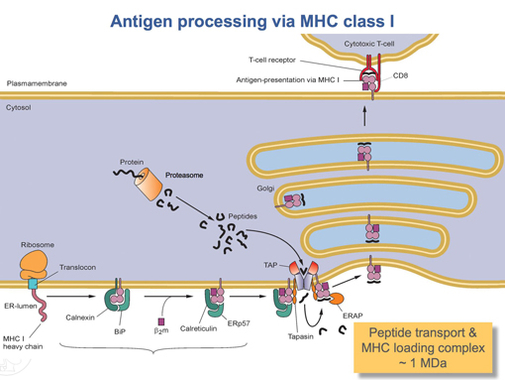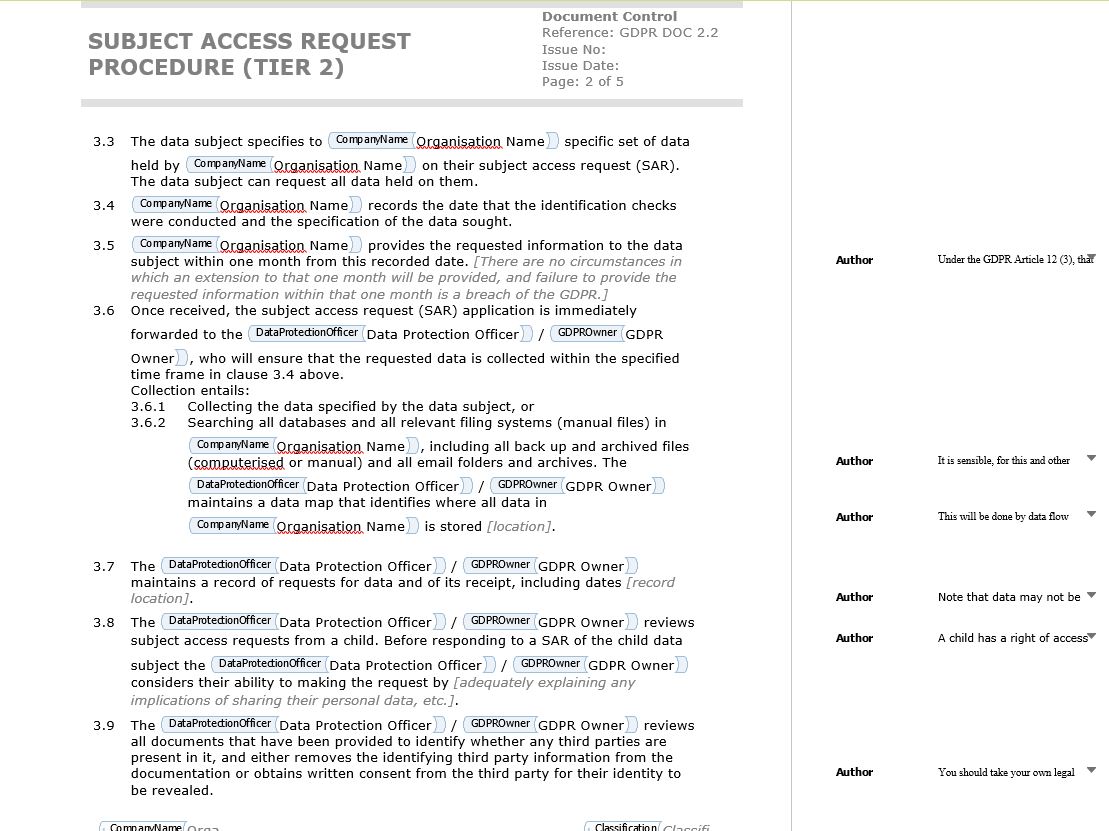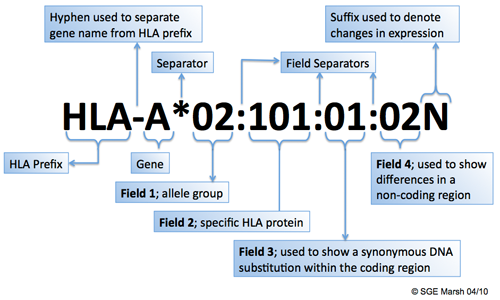I should probably say that my primary reason for signing up to a stem cell donor registry is to actually be a donor! This data is generated as a byproduct of signing up and is also quite interesting on a personal level.
I was thinking that framing it in a way to also find out interesting things about yourself might be a good way to encourage people who might not have thought about it to sign up for the first time, and this would be far more cost-effective than a traditional in-person donor recruitment drive.
The dream of personalised medicine
For the longest time, we have treated all people as the same in medicine. Everyone with a disease has the same disease, after all. But in reality, how that disease or condition affects someone's life depends on many factors, including their genetics. Some people's genes make them more likely to get certain diseases than others. If you know you specifically were more at risk of developing a certain disease, you could take preventative action to avoid it! For example, if you knew you were more susceptible to skin cancer, maybe you might take slightly more care in applying suncream than someone who is not.
Genes encode for proteins. Drugs target proteins. So it makes sense that if your genes code for slightly different proteins to the ones the drug was designed for, it might not even work! A simple example of this is codeine. Some people swear by it as a painkiller but it makes no difference to others. This is because codeine is a prodrug that is broken down by the liver to its active form. Some people have a gene that means they can do this really well and feel the benefits, while some people have a different version of this gene that means the codeine never breaks down at all, and they stay unaffected.
This is the dream of personalised medicine. To be able to take the unique features of our genomes into account when discovering how certain diseases or other environmental factors affect us, and how our treatments might be affected by our genes. Knowledge is power.
Unfortunately, until now it's been relatively expensive to get your genome sequenced fully. Thankfully, you don't need to sequence everything - that includes all the genes that are fairly boring. They say 50% of your genes are the same as in a banana after all! What we want are the interesting genes. Even so, companies like 23andme charge quite a premium for their service, and may be doing anything with your data afterwards. Will it end up in the hands of insurance companies?
But in this article, I will share with you how I got my own genome sequenced for free, learnt a bit more about myself while I was at it, made myself known in case I could save someone's life one day, and you can too!
The role of HLA (Human Leukocyte Antigen)
HLA (Human Leukocyte Antigens) are parts of our genome that are home to an incredible amoutn of variation from person to person. The purpose of HLA in our cells is to take whatever is inside of our cells (HLA Class I) or what they happen to take up from their enviroment (HLA Class II), chop them up, and present snippets of it to the immune system.
We have several different HLA's in our genome. HLA-A, HLA-B, HLA-C and HLA-E are Class I (they show what's inside our cells). All of the HLA-D's are class II (they show what the cells have taken up from their environment).
What snippets get shown to the immune system depends on your HLA type. If you have a HLA-A01, (type 01 of the HLA-A protein), you will show different snippets to the immune system to someone with HLA-A02.

We have so much variation here because things that might infect us like viruses will also get chopped up and display themselves on here. This is how our immune system spots infected cells! And that's just on one HLA protein (also known as a locus, or specific point in our genome). Then you have to multiply that complexity with the number of different HLA molecules we have (A, B, C and so on). One individual will likely have hardly any matches to another person chosen at random.
The variation present here means that viruses can't evolve to evade it. If it evolves to avoid one type, another type will be able to catch it. That also means certain HLA types are more susceptible to certain specific viruses more than other people.
Because it also presents snippets of other proteins in our cells, this opens to door for autoimmunity. Some snippets of inside our cells trigger specific autoimmune diseases more than others. This is why some HLA types are specifically more prone to specific autoimmune diseases (e.g. HLA-B27 with ankylosing spondylosis and HLA-B51 with Behçets disease).
Finally, because this is specifically what the immune system uses to check the identity of tissues, this is also what gets "matched" when someone has a transplant, to reduce the chance of rejection. Because it's unlikely that you could ever get someone with an absolutely perfect match (unless you have a twin!), people often still need some immunosuppressants after a transplanted organ.
How I got my HLA typing info (and more) for free thanks to GDPR
You may be aware of bone marrow, or stem cell transplants. These are life-saving for the people who need them, especially after a blood cancer. You can sign up for free at charities such as Anthony Nolan or DKMS in the UK. I would strongly recommend you to join, it's fast and easy (you only need to spit into a bottle!). You might be the only person in the world that could save someone's life. It doesn't matter which you join, as they are all linked together in a global database.
They take your saliva, and test your DNA for the types of HLA you have in there, in order to be able to best match you with a recipient if it was ever needed.
Under the recent EU GDPR Data Protection laws, you have the right to request what data any organisation stores about you. A massive win for privacy, a massive headache for many websites with little cookie banners all over. From my background in technology to notice that this doesn't just apply to websites, this applies to any organisation including the above stem cell registries. So I sent them a (polite) request for my data under this law and they replied! After sending in proof of my identity, they sent me back my genotyping results!

This means that I basically got part of my genome sequenced for free (really, the most interesting part! I don't need to know about the bits I have in common with a banana after all!). And it was a win-win scenario - they get to call upon me if someone needs my stem cells (a painless procedure that's no more complicated than donating blood)!
Making sense of it all
What they sent me back was more than just my HLA type, it was also my KIR type (what is present on my NK cells, or natural killer cells - I wrote a whole essay on this if you're interested here!), my CCR5 status (the mutation which if present, confers immunity to HIV infections) and plenty more.
- My blood type (of course!)
- My status for IgG CMV
- This tells me if I've ever been infected by CMV in the distant past, a virus that is normally harmless and persists inside you not doing anything until you're immunosuppressed. Spread by saliva ahem.
- CCR5 status (sadly, I have no mutations here which would give me immunity against HIV...)
- KIR type
- HLA type
The first three on this list are fairly easy to make sense of. The last two are the most interesting but also harder to make sense of. I would treat this as a bit of fun, not medical advice!
Interpreting HLA types
Certain HLA types can predispose you towards certain autoimmune conditions, while others can protect you. Often the studies in this area are correlational, but some work has been done expanding on specific HLA types in mouse models.
Firstly, how do we read the HLA code they give us? It's all in the WHO Standard Nomenclature.

To simplify things, you only need to know the first number - the latter ones are far too detailed to make sense of at the moment. When you see HLA-A*01:01:03G just read it as HLA-A*01.
NB: Some journal websites find it difficult to display the asterisk and so they replace it with a w - so HLA-Cw04 and HLA-C*04 both mean the same thing.
What I discovered
As a quick example, I discovered the reason my granddad and I both have a bit of psoriasis is because I have the HLA-C*12 allele, which predisposes to this skin condition!
The more I read up on my HLA types the more I learn. Today I discovered that my B35-C04 combo makes me at a high risk of rapid progression to AIDS if I ever catch HIV. One to avoid!
Finally, I should also note that Coeliac disease is a T-cell mediated disease predominantly of people carrying HLA-DQ2 or HLA-DQ8. I have neither of these, so it seems that I am at very low risk of developing coeliac, and I can eat as much gluten as I'd like!
Interpreting KIR types
The KIR genes are involved in a very different part of the immune system, the natural killer cells rather than the lymphocytes. I won't go into too much here, but broadly the research splits people up into either Haplotype A or Haplotype B depending on which KIR genes you have.
Haplotype A is associated with resistance to infections but a higher chance of pre-eclampsia, while Haplotype B is associated with increased reproductive fitness but more susceptibility to infections.
Read more about this in my essay on the topic. :)
The future
Although this was a bit of fun, the ideas in this post open up an exciting world of consumer-level genetic profiling, where there are no data security concerns (ahem, 23andme), you get to help save other people's lives, and find out a bit about yourself in the process. There is even evidence that you might be able to predict your individual response to certain medicines. How cool is that?
